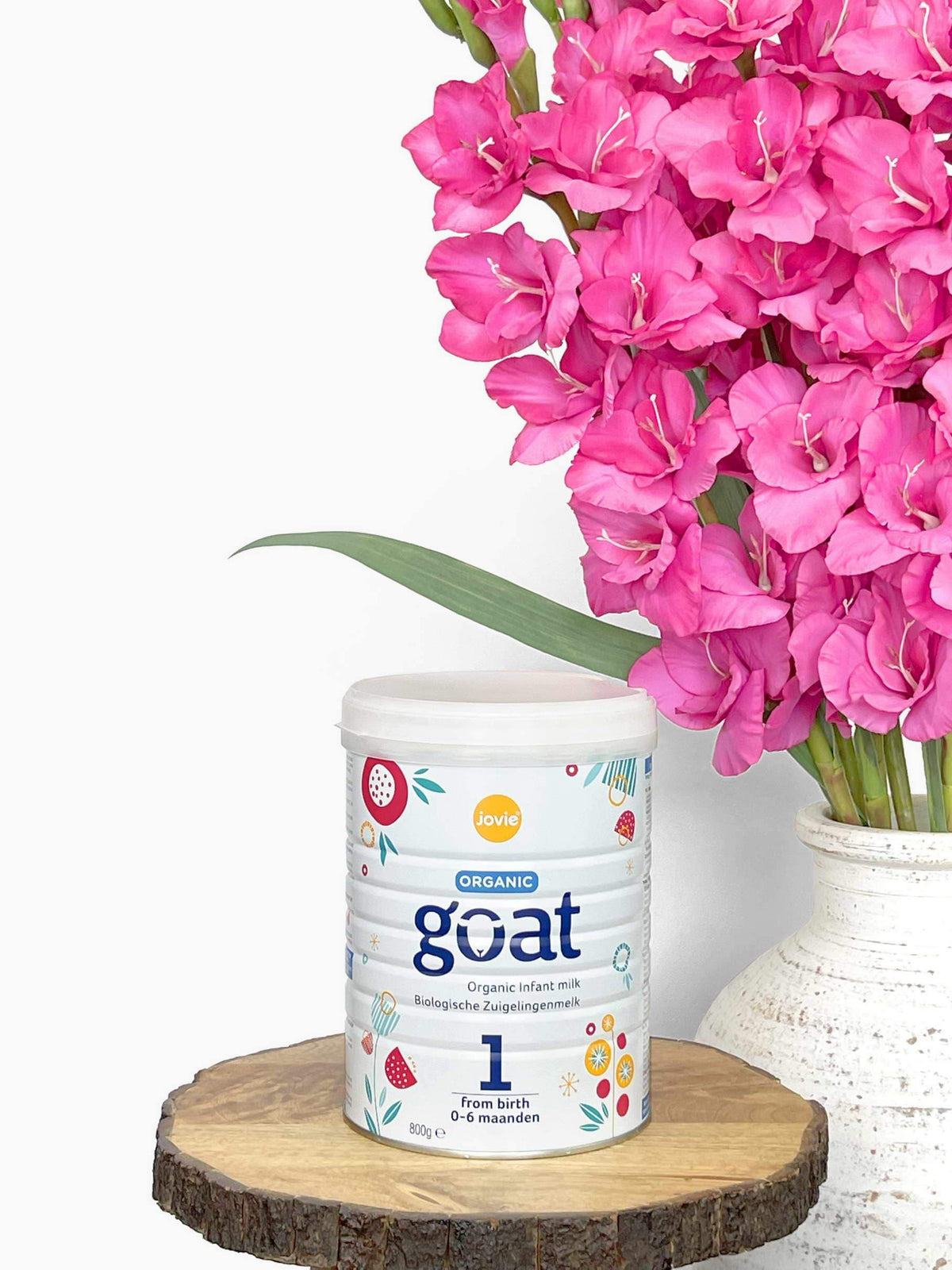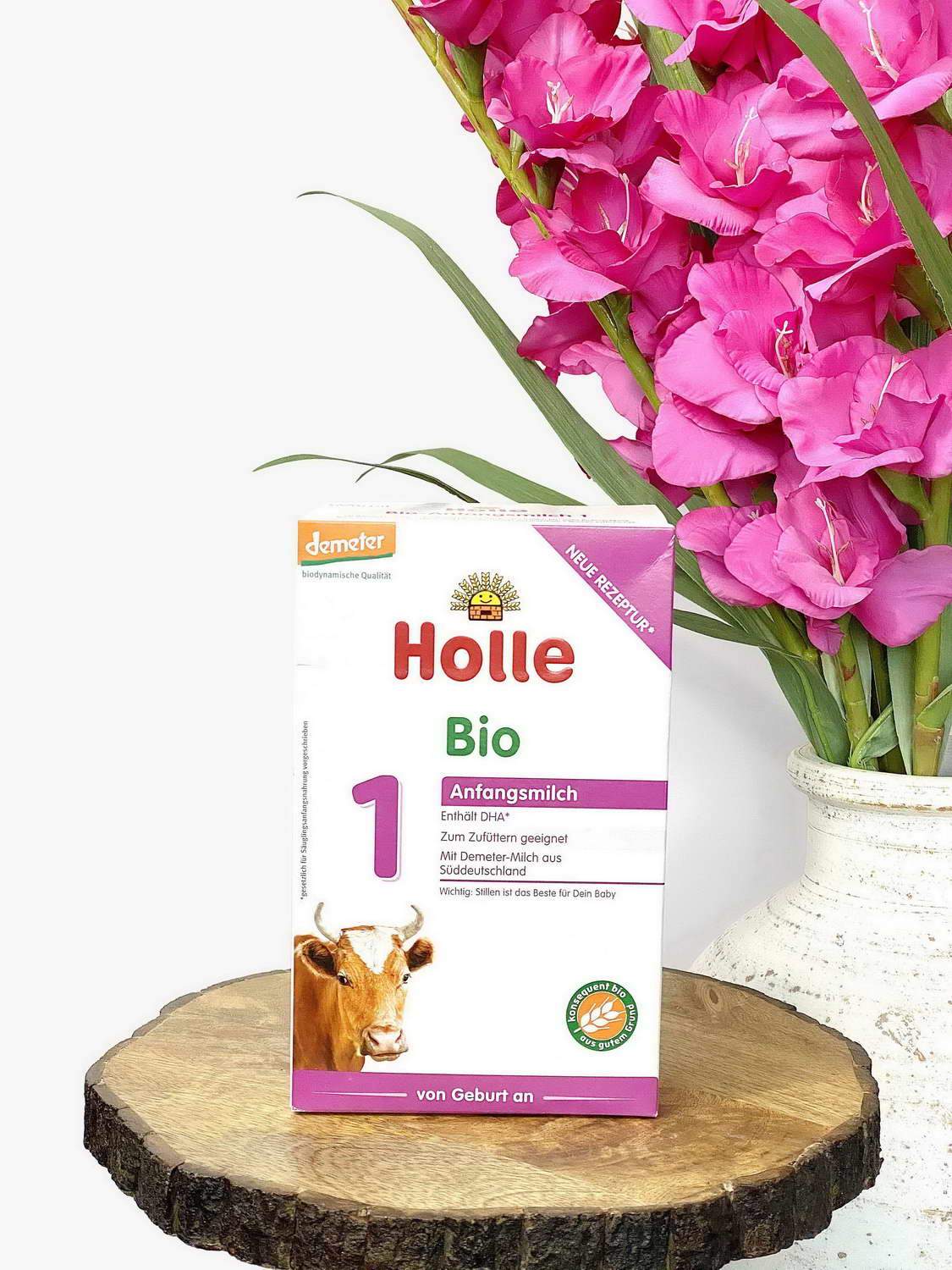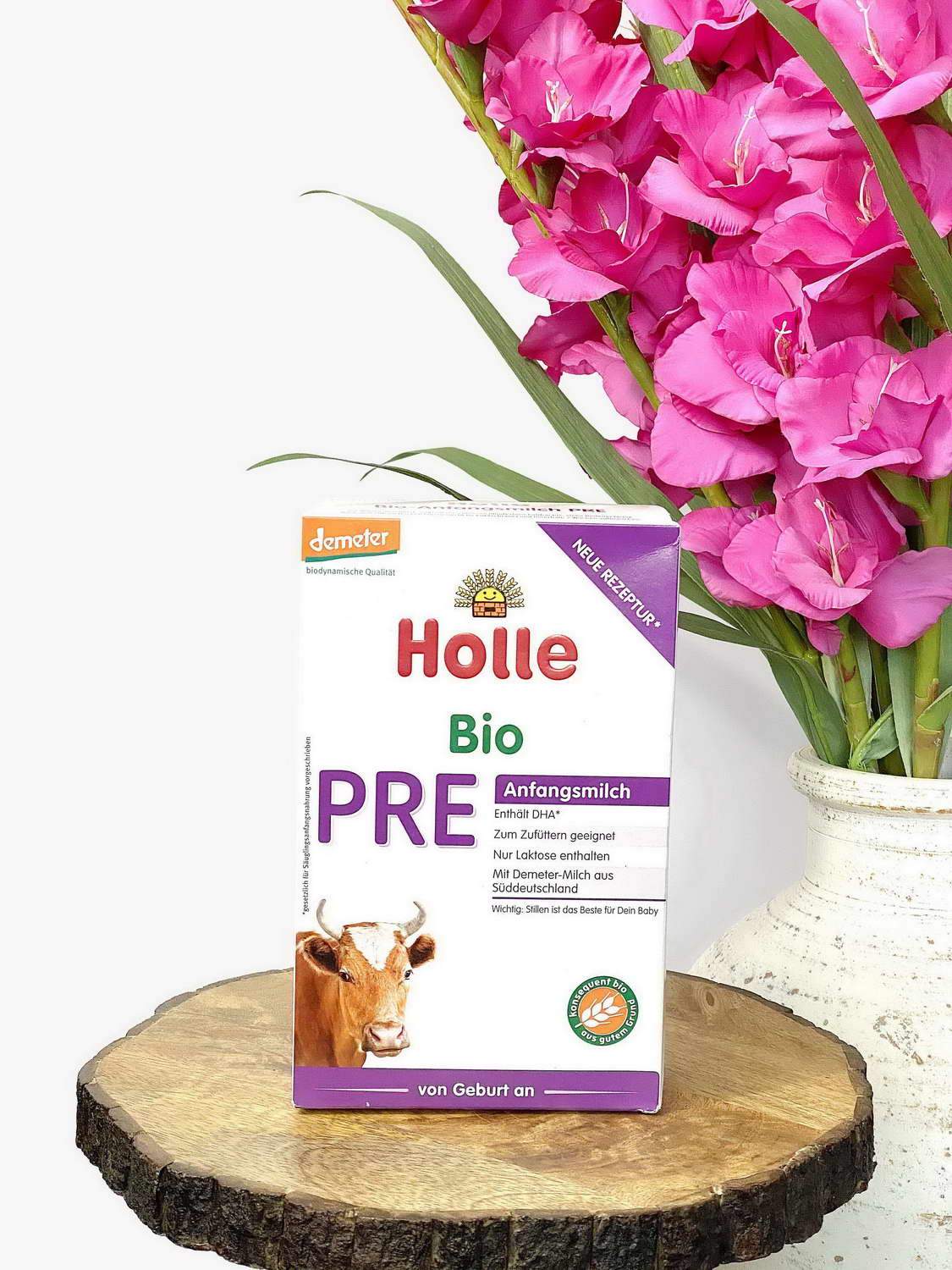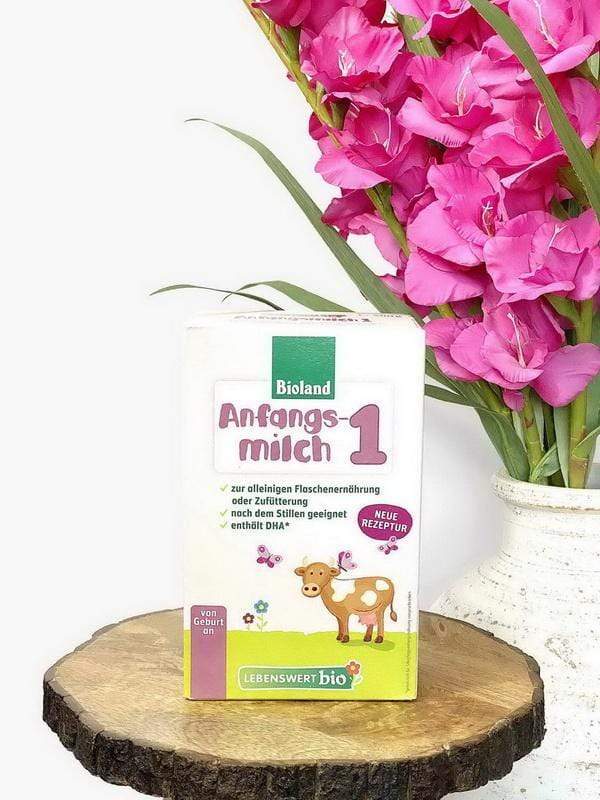Just Soy No!
What is the overwhelming advice from experts in the healthcare profession? Soy should be avoided for babies, toddlers, and children.
Why do so many baby formulas, children's food, and other products at grocery stores have different forms of soy in their ingredients? That's an issue only us consumers can address by avoiding the products and hoping manufactures take a hint.
The main ingredient in most baby formulas is not soy, so why should parents be concerned? And what if my child/baby is lactose-intolerant, what options do I have?
The questions above and many more are common at one point for many parents. Whether you heard the latest news about soy online or the topic came up in a conversation, it is an issue to be addressed.
Until the products change, this article is meant to educate parents. We discuss different types of soy additions, explain the effects, and offer solutions. This article only skims the surface about soy in baby formula and children's food. The many links provide the additional facts, if you would like to research more.
Take our facts and share among your friends!
Why is Soy Bad?
Reason One: Phytic Acid
According to Deep Roots At Home:
"Phytic acid is present in the outer bran or seed coat of all seeds and blocks the absorption of critical minerals like calcium, magnesium, iron and particularly zinc.
Soybeans have extremely high amounts, and it is unusually resistant to breaking down. As early as 1967, researchers testing soy formula found that it caused negative zinc balance in every infant to whom it was given. Zinc is the intelligence mineral; it is required for optimal brain and neurological development.
As a result, deficiency of this nutrient in infants at a time when the brain is growing at its most rapid rate could have lifelong implications and possibly reduce IQ. “
In Summary: The soy in formulas can block zinc absorption, which is critical in developing babies.
But no worries, manufactures realized this and have made up for this issue by adding more zinc to their soy-based formula...right?
Let's compare zinc content in popular formulas with/without soy bases (per 5oz mixed bottles):
Overall, there is not much difference between zinc content among all the brands - which doesn't seem like the zinc content was considered with the addition of soy. In fact, it appears that Gerber® Good Start has the least amount of zinc in comparison to all the soy-based formulas. Even more so, Gerber® has less zinc in their soy formula than their organic formula!
Parents have enough things to be concerned about, and making sure their baby formula has a good amount of zinc in it should not be one of those things!
It's interesting how the formula like Holle, HiPP, and Loulouka all have comparable amounts of zinc to the American products (even more zinc in some) and there is absolutely NO SOY in many of them! Who knows what advantages this gives these babies!
Zinc is the intelligent mineral; it is required for optimal brain and neurological development.
— Jacqueline (Registered Nurse)
Reason Two: Phytoestrogens (Plant Estrogens) or Isoflavones
Research shows that soy milk and soy formula contain up to 4,500 times the level of phytoestrogens found in cow’s milk or breastmilk. Phytoestrogens are potent human endocrine disruptors, binding efficiently to the estrogen receptors found in both females and males.
According to calculations made by the Swiss Federal Health Service, soy infant formula provides the hormonal equivalent of three to five birth control pills per day.
For boys - This means that the receptors intended for testosterone can be blocked by the soy estrogen. This could lead to boy's reproduction systems not developing properly!
For girls - This could lead to early sexual reproduction development. There is also a study that the girls will even play differently because they are not receiving the correct estrogen needed for their proper development (as the plant estrogen is not the same as the human estrogen - it simply blocks the receptor from receiving the correct estrogen).
**BPA was BANNED from baby bottles and other products everywhere because of its ability to mimic estrogen. "BPA is classified as a xenoestrogen i.e. a foreign or man-made estrogen. As an EXTRA estrogen, BPA is actually a wimp, it is not very potent. The phytoestrogens are significantly more capable of causing trouble." -Dr. Sandy Evans **
So the government bans BPA because it is a man-made estrogen, but the plant made estrogen that is stronger is still allowed...
Reason Three: Genistein
In a study from the National Institute of Environmental Health Sciences they found that "soy protein contains high amounts of genistein, an estrogen-like compound. Like other estrogen-mimicking chemicals found in the environment, genistein can alter the body’s endocrine system and potentially interfere with normal hormonal development.”
This chemical in particular can be more harmful to girls than boys. "Vaginal cell MI was higher and uterine volume decreased more slowly in soy-fed girls, both of which suggest estrogen-like responses."
Could this be the reason why many girls later in their lives that had extra soy in their diet as children are having problems with menstrual pain in adulthood?
As was seen in the video, the study from the NIH has shown this connection of soy formula leading to menstrual pain. As if it wasn't already hard enough for girls to deal with periods, now because of the additional soy as babies, they can have even more issues!
Reason Four: Kawasaki Disease Risk
The Journal of Nutrition Research found high consumption of soy in children led to an increase risk of Kawasaki Disease. This is an autoimmune condition that causes inflammation in arteries and can result in irreversible and devastating damage to the heart.
Dr. Michael Portman found that soy contains estrogen-like compounds called isoflavones that can adversely affect the immune system. The children who consumed more soy had 2.5x greater chance of developing the disease. For parents on vegetarian diets, consider a different alternative for children as their immune systems are still developing.
Reason Five: Risk of Cadmium
Foods such as leafy greens, potatoes, grains, peanuts, soybeans, sunflower seeds and tobacco leaves are known to contain high levels of cadmium, typically between 0.05 and 0.12 mg of cadmium per kilogram of produce, according to the ATSDR (Agency for Toxic Substances & Disease Registry).
What is Cadmium? A natural ingredient from the Earth's crust. Sounds safe... Except it is a metal that can damage the lungs and kidneys of your body, to name a few!
Cadmium can enter the soil in a variety of ways, including through fertilizers, and then enter the plants. Once those plants are processed, the cadmium can enter into the foods we consume!
What are some soy ingredients and what issues do they cause?
Soy Oil
-
Commonly classified as a vegetable oil, but not even a vegetable! Soybeans are exactly as they say they are...beans! Beans are legumes and are NOT vegetables.
- Yes, there are many healthy benefits to legumes, but that still doesn't make them a vegetable. It's all about the perception of the ingredients on the labels of our foods. It irks the question to consumers that if it's a vegetable it must be healthy, so it must be okay. And it is not.
-
Contains GMO!
- In the United States the majority of soybean crops are genetically modified for resistance to the herbicide glyphosate.
Soy Protein
-
Issues are the trypsin inhibitors, phytic acid and phytoestrogens found in the soy protein.
- The industrialized process of producing soy infant formula deactivates the majority of trypsin inhibitors. This can prevent normal growth of the brain!
Soy Protein Isolate
- Flavor enhancer, and is actually made with MSG (Monosodium Glutamate) - There is plenty of mixed opinions on the bad effects of MSG, so until medical research can offer a conclusive opinion...why would we be okay with it getting anywhere close to our developing children?
- Extracted with hexane (a highly explosive chemical solvent)!
- Used as a binder - protein network structuring
As mentioned in the video, soy is not good for developing children under the age of 12. This can cause extreme allergies to foods later on because babies begin on soy formulas. Not to mention, the GMO corn and other oils that are loaded in most of the other formulas available in America.
What are my alternatives?
1. Buy European Formula
Soy is not added to all of the baby formulas in Europe, like it is in America. Formulas that have soy typically have a much smaller amount than the American formulas.
Plus, the issues with the chemicals can be avoided in many European formulas due to their high standards of avoiding chemicals in their baby foods. There are many different options for all of your baby's needs. Check out the large selection of HiPP, Holle, and Lebenswert.
Contrary to the popular belief, using soy formula as an alternative to milk allergies may not always be that best option. The risk of having an allergy to soy may be greater if your infant has an allergy to cow's milk.
Even the AAP has few reasons to use soy formula, which include "infants with hereditary lactase deficiency (rare) or galactosemia, in which a baby can't metabolize a main sugar in milk (lactose) or a sugar component of it called galactose."
If your baby is sensitive to lactose, there are hypoallergenic options available. The extensively-hydrolyzed formulas are considered hypoallergenic because the lactose or casein (cow's milk protein) is broken down into smaller pieces that make it easier for the baby to digest.
Hipp Combiotic HA is comparable to Alimentum® or Nutramigen®
2. Choose Goat Milk
If your baby has a problem with cow's milk, an alternative is goat milk formula. There have been many studies to show the benefits of goats milk formula for babies.
For example, naturally occurring oligosaccharides in goat's milk were studied for their prebiotic and anti-infection properties. These oligosaccharides in goat milk formula were effective in promoting the growth of beneficial bacteria (bifidobacteria) and inhibiting the ability of harmful bacteria such as pathogenic E. coli to attach to human intestinal cells.
According to another study, the growth of babies on goat's milk formula is comparable to the growth on cow's milk formula. This is one less thing for parents to be worried about as they choose a different type of formula.
Holle's Goat Milk formula is an excellent option for parent's considering this alternative.
Conclusion
Hopefully this article was able to inform you about the many negative effects of soy and why it should be avoided in your children's diet!
And don't forget to educate other parents on the issues discussed. Education gives us the power to change, so share this article and start a movement to keep soy out of our children's foods!
Feel free to leave comments below as well!














